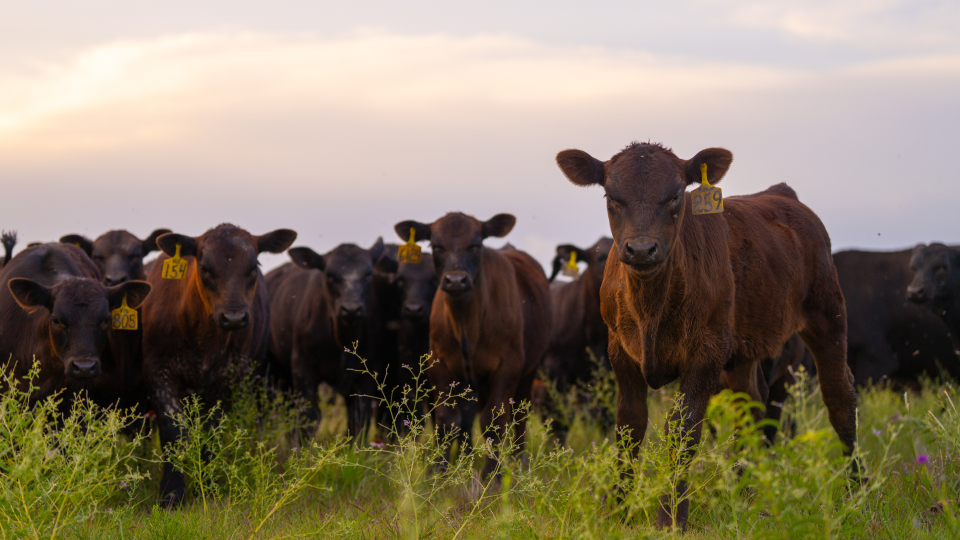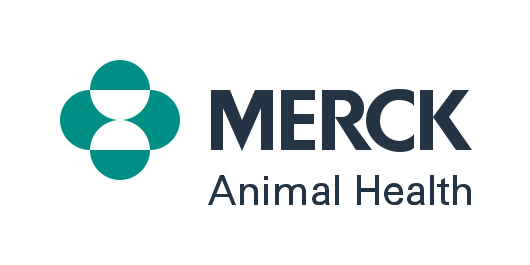Get cows and replacement heifers bull bred faster
By Dr. Jacques Fuselier
No matter the price of cattle, a heavier, more consistent calf crop will be more marketable. But with higher cattle prices, there is an opportunity for even greater margins.
Getting cows and heifers pregnant in a timely manner is critical to reaping economic advantages. There’s a lot of profit potential for your current and future calf crops if cows and heifers can be bred the first 21 days of the breeding season.
Advantages of earlier calving
Research at the University of Nebraska-Lincoln (UNL) found earlier born calves not only have higher weaning weights and more value at market time, heifers born earlier also have higher reproductive performance when they reach breeding age themselves.1
An analysis of calving records over a 10-year span from the Gudmundsen Sandhills Laboratory in Whitman, Nebraska, found these advantages for calves born during the first 21-day period compared with calves born later:

- Calves born in the first 21 days were 75 pounds heavier at weaning compared to calves born in the last 21 days of the calving season.
- Earlier-born steer calves had higher carcass weights, marbling scores and yield grades at harvest — adding up to higher overall carcass value.
- As mature cows, heifers born earlier weaned heavier calves and had greater longevity in the herd.
An earlier, tighter calving season provides your cow herd with a longer period of recovery that can result in a quicker breed back and increase the likelihood those cows will stay in your herd longer. On the flip side, for every 21 days cows are open, between 20 and 40 pounds of weaning weight is lost.2,3 There can also be a considerable cost to maintaining open cows.
Heat synchronization isn’t just for AI
In a second study at UNL, researchers evaluated how heat synchronization affects calving distribution — and how time of calving affects carcass characteristics.2 Heat was synchronized with a single injection of prostaglandin 108 hours after turning mixed-age bulls in with the cow herd. Study results show these benefits of synchronization:
- More cows calved during the first 21 days.
- Calves were 20 pounds heavier at weaning.
- Calves born in the first 21 days had greater carcass weights, marbling scores and better yield grades.
- Shortened breeding season.
Simple, one-dose synchronization
ESTRUMATE® (cloprostenol injection) is a leading prostaglandin that allows producers to manage heat detection, breeding and calving intervals, whether using bull breeding or AI.
One shot of ESTRUMATE four or five days after turning out the bulls is the optimal protocol. However, if that protocol won’t fit your management system, one shot at turnout will still induce more cows to show heat sooner and get more cows calving during the first 21 days.
Management steps for reproductive success
A lot of factors go into reproductive success, with or without estrus synchronization programs. It’s important to work with your veterinarian on vaccinations to optimize conception and to prevent reproductive loss through breeding and gestation. Your veterinarian can also assist with parasite management programs, bull management, bull stocking rate and breeding soundness exams.
Keeping accurate records can help you measure reproductive success, evaluate the value of your management tools and help you make culling decisions based on cow fertility. Examples of reproductive goals include:
- Greater than 90% of females in heat during the first 21 days of the breeding season.
- Seventy percent (70%) conceive on first breeding.
- Less than 5% difficulty calving.
- More than 90% of bred cows successfully wean a calf.
Investing time and resources to tighten the calving window is beneficial, regardless of size of operation or breed of cows. Consult your veterinarian for assistance in developing a successful breeding program that fits your needs.
IMPORTANT SAFETY INFORMATION FOR ESTRUMATE
Do not administer ESTRUMATE to a pregnant cow unless abortion is desired. Severe localized post-injection clostridial infections have been reported; in rare instances infection has led to death. Women of childbearing age, asthmatics, and persons with respiratory problems should exercise extreme caution when handling ESTRUMATE. ESTRUMATE is readily absorbed through the skin and can cause abortion and/or bronchospasms; direct contact with the skin should be avoided, and accidental spillage on the skin should be washed off immediately with soap and water. For complete safety information, refer to the product label.
References
- Funston, RN, Musgrave, JA, Meyer, TL, Larson, DM. Effect of calving distribution on beef cattle progeny performance. J. Anim. Sci. 2012;90:5118-5121.
- Cushman, RA, Kill, LK, Funston, RN, Mousel, EM, Perry, GA. Heifer calving date positively influences calf weaning weights through six parturitions. J. Anim. Sci. 2013;91:4486-4491.
- Larson, DM, Musgrave, JA, Funston, RN. Estrous synchronization increases early calving frequency, which enhances steer progeny value. Nebraska Beef Cattle Reports. 2010;14-16.
Find more content for your beef operation.
About the author

Jacques Fuselier, DVM, DACT, DABVP
Cattle Technical Services Veterinarian
Merck Animal Health
